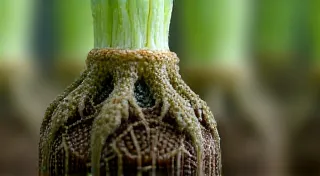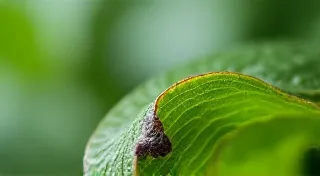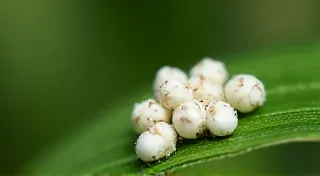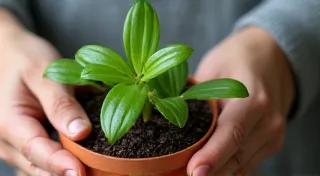Moonlight Ficus: Creating the Ideal Environment
The Moonlight Ficus (Ficus microphylla 'Moonlight') is a truly stunning and increasingly popular addition to the world of rare houseplants. Its silvery-gray, almost luminous foliage makes it a captivating focal point. However, its beauty comes with a reputation for being a little demanding. This guide focuses on the specific care requirements of the Moonlight Ficus, from light and humidity to pruning and repotting, ensuring your plant thrives and showcases its unique charm. We're delving deep into what makes this plant so special and how to provide the best possible conditions for its health and vibrant appearance.
Understanding the Moonlight Ficus
Before diving into the specifics of care, it’s helpful to understand the Moonlight Ficus’s origin. It's a cultivar of the Australian native Ficus microphylla. The ‘Moonlight’ refers to its characteristic foliage color, a result of selective breeding. Like many Ficus species, the Moonlight Ficus can exhibit some erratic behavior, especially when environmental conditions fluctuate. Understanding these fluctuations and how they impact the plant is key to success.
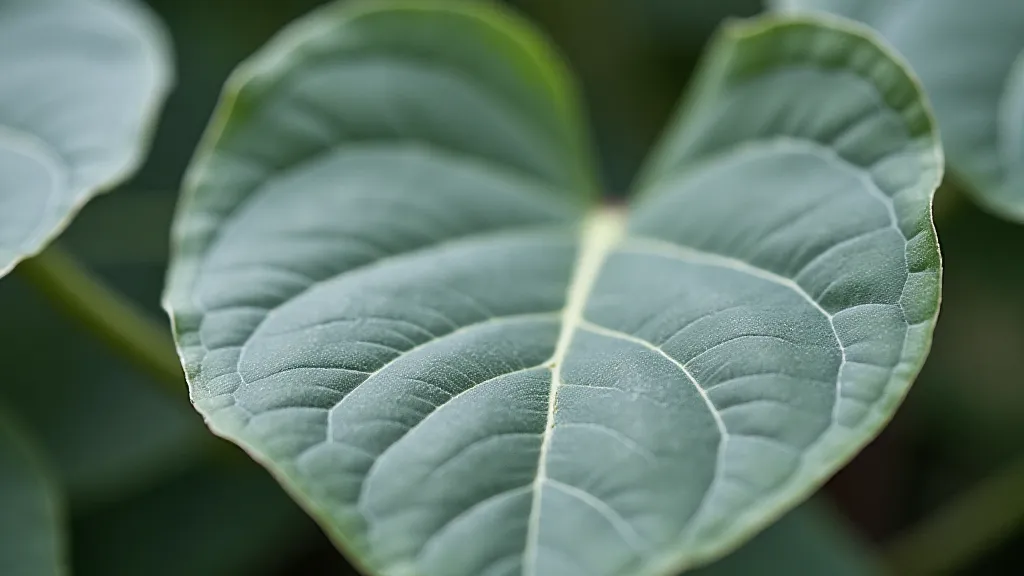
Light Requirements
Light is arguably the most crucial factor in Moonlight Ficus care. These plants crave bright, indirect light. A spot near an east-facing window is often ideal. West-facing windows can work too, but be mindful of the intensity of the afternoon sun and potentially provide sheer curtains to diffuse the light. Too little light and the foliage will lose its vibrant color, becoming a duller green. Sudden changes in light exposure can also trigger leaf drop, a common complaint from Moonlight Ficus owners. It's also crucial to consider how light affects the plant’s ability to photosynthesize and maintain overall health. Plants experiencing significant leaf drop often require a careful assessment of their light conditions.
Humidity: Replicating its Native Habitat
Moonlight Ficus thrives in humid environments, mirroring its natural Australian habitat. Average household humidity (around 30-40%) is often insufficient. Here's how to boost humidity:
- Humidifier: This is the most reliable method, especially during dry winter months.
- Pebble Tray: Place the pot on a tray filled with pebbles and water. As the water evaporates, it increases the humidity around the plant.
- Grouping Plants: Grouping plants together creates a microclimate with higher humidity. This principle extends beyond just humidity; grouping plants can also help with airflow and create a more stable environment for your plants.
- Misting: While misting can provide temporary humidity, it's not as effective as other methods and can also contribute to fungal issues if air circulation is poor. The fluctuating moisture levels from misting can also be problematic, making it a less desirable option compared to more consistent humidity sources.
Maintaining proper humidity levels is often a delicate balance. If you are encountering issues with leaf drop or yellowing leaves – signs that the plant isn't happy – it might be a signal to re-evaluate your humidity strategy. Consider exploring leaf drop troubleshooting to pinpoint the root cause and implement effective solutions. Ensuring your plant receives the right amount of humidity isn’s just about preventing dryness; it’s about providing an environment that supports its natural processes.
Watering & Soil
Watering the Moonlight Ficus requires careful observation. Allow the top inch or two of soil to dry out completely before watering thoroughly. Overwatering is a common mistake and can lead to root rot. It's a critical step in maintaining the plant's health and preventing issues that can be difficult to reverse. Use a well-draining potting mix – a combination of peat moss, perlite, and bark is generally a good choice. The drainage properties of the soil directly impact the plant's ability to absorb nutrients effectively and prevent root suffocation. Problems like root rot prevention stem from soil conditions, making it vital to choose the right blend.
Pruning & Shaping
Moonlight Ficus are semi-deciduous and can drop leaves in response to stress. Pruning can help shape the plant and encourage branching. The best time to prune is in late winter or early spring. Use clean, sharp pruning shears and remove any dead, damaged, or crossing branches. Pinching back new growth can also promote bushier growth. Regular pruning isn't just about aesthetics; it’s about maintaining the plant's overall health and vigor by promoting airflow and stimulating new growth. Understanding the plant's natural growth patterns and responding appropriately through pruning can significantly impact its longevity and resilience. If you are new to pruning rare plants, research and proper technique are essential.
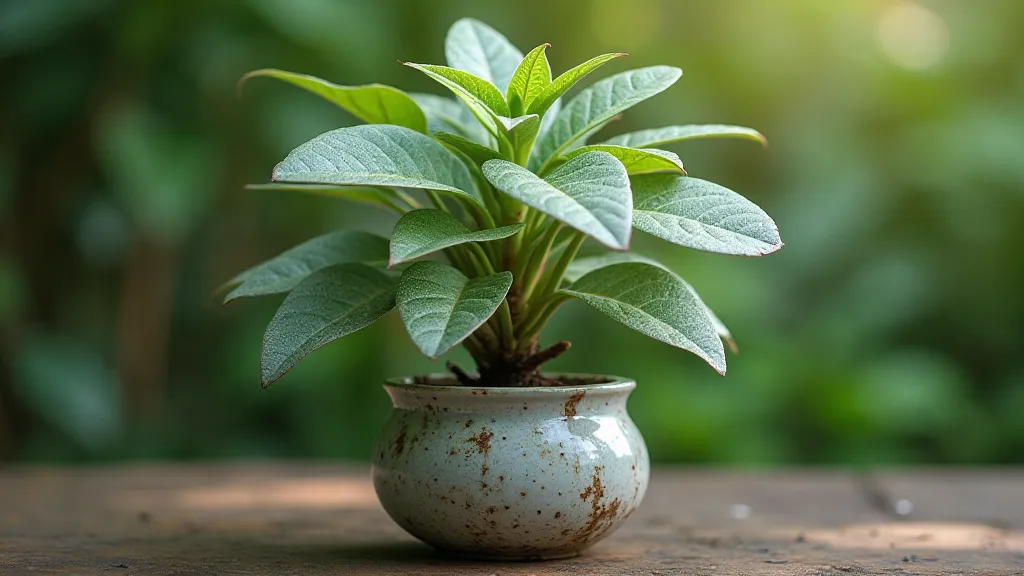
Repotting
Moonlight Ficus typically need repotting every 2-3 years. Choose a pot that’s only slightly larger than the current one. Repotting into a pot that’s too large can lead to waterlogging and root rot. Spring is the ideal time for repotting. The right pot size is crucial; too large, and the excess soil retains too much moisture, creating a breeding ground for fungus and root problems.
Fertilizing
While Moonlight Ficus are not heavy feeders, they do benefit from occasional fertilization during the growing season (spring and summer). Use a balanced, slow-release fertilizer diluted to half strength. Over-fertilizing can lead to salt buildup in the soil, which can damage the roots. Understanding the specific nutrient needs of rare plants is crucial. For a deeper dive into fertilizing rare houseplants, check out our guide to fertilizing rare houseplants.
Pest Control
While generally pest-resistant, Moonlight Ficus can occasionally be affected by common houseplant pests like spider mites, mealybugs, and scale. Regularly inspect your plant for signs of infestation (sticky residue, webbing, or visible insects). Treat infestations promptly with insecticidal soap or neem oil. Early detection and prompt treatment are key to preventing widespread infestations and protecting your plant’s health.
Troubleshooting: Common Issues
Leaf Drop: Often caused by sudden changes in light, water, or humidity. Try to maintain stable conditions. Yellowing Leaves: Could indicate overwatering or nutrient deficiencies. Adjust watering habits and consider fertilizing during the growing season. Brown Leaf Tips: Often a sign of low humidity. Increase humidity levels. Stippled or Discolored Leaves: Could indicate a pest infestation, such as spider mites. Inspect carefully and treat as needed. Sticky Residue on Leaves: Indicates a possible mealybug or scale infestation. Treat with appropriate insecticidal soap or neem oil.
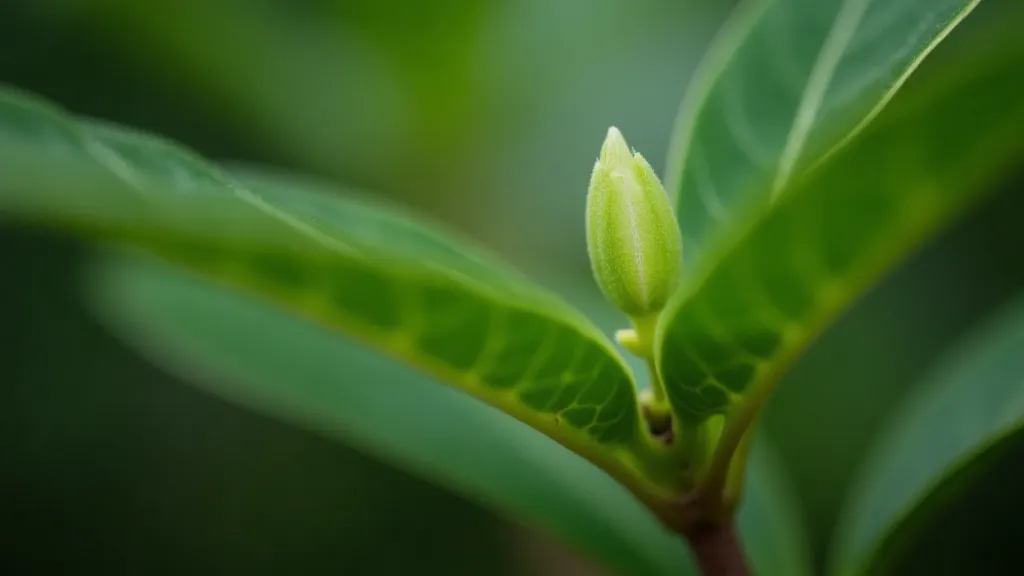
Propagation
Propagating Moonlight Ficus can be a rewarding challenge for experienced plant enthusiasts. While not as straightforward as propagating some other houseplants, stem cuttings can be taken in spring or summer. Dip the cut end in rooting hormone and place it in a moist rooting medium. Patience and consistent humidity are crucial for successful rooting.
Conclusion
The Moonlight Ficus is a rewarding addition to any houseplant collection. While it may require a bit more attention than some easier-to-care-for varieties, the beauty and uniqueness of its silvery foliage are well worth the effort. By understanding its specific needs and providing the ideal environment, you can enjoy a thriving and stunning Moonlight Ficus for years to come. Remember, providing a stable and supportive environment, understanding potential issues and troubleshooting techniques – like those discussed in our guide to leaf drop troubleshooting – are all essential for the long-term health and beauty of your Moonlight Ficus.

